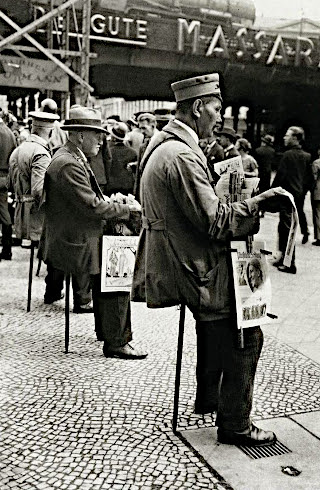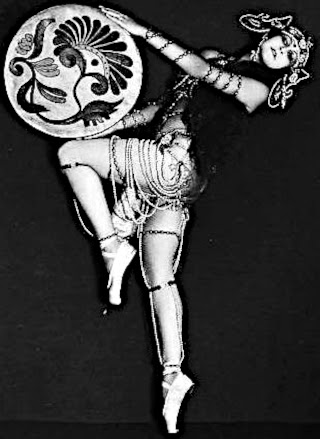Dennis Lockhart may be expressing his own views, but the figure of 16% he quotes is nothing more than the Bureau of Labor Statistics "U-6" measure of unemployment.
U-6 Total unemployed, plus all marginally attached workers, plus total employed part time for economic reasons,economic reasons, as a percent of the civilian labor force plus all marginally attached workers.Here is a chart showing the 'official' U3 measure of unemployment and the U6 alternate measure. The chart also includes the unofficial unemployment rate projection done by John Williams of Shadowstats.com.

It appears that Dennis wanted to take this occasion to say that things were SO bad that there is little use in applying any sort of stimulus to the public, although there is plenty of stimulus required for the banks.
Breitbart
Real US unemployment rate at 16 pct: Fed official
Aug 26 02:25 PM US/Eastern
The real US unemployment rate is 16 percent if persons who have dropped out of the labor pool and those working less than they would like are counted, a Federal Reserve official said Wednesday.
"If one considers the people who would like a job but have stopped looking -- so-called discouraged workers -- and those who are working fewer hours than they want, the unemployment rate would move from the official 9.4 percent to 16 percent, said Atlanta Fed chief Dennis Lockhart.
He underscored that he was expressing his own views, which did "do not necessarily reflect those of my colleagues on the Federal Open Market Committee," the policy-setting body of the central bank.
Lockhart pointed out in a speech to a chamber of commerce in Chattanooga, Tennessee that those two categories of people are not taken into account in the Labor Department's monthly report on the unemployment rate. The official July jobless rate was 9.4 percent.
Lockhart, who heads the Atlanta, Georgia, division of the Fed, is the first central bank official to acknowledge the depth of unemployment amid the worst US recession since the Great Depression.
 Lockhart said the US economy was improving but "still fragile," and the beginning stages of a sluggish recovery were underway.
Lockhart said the US economy was improving but "still fragile," and the beginning stages of a sluggish recovery were underway."My forecast for a slow recovery implies a protracted period of high unemployment," he said, adding that it would be difficult to stimulate jobs through additional public spending. (How about Bank bailouts and bonsues? Plenty of room to add more, right? - Jesse)
"Further fiscal stimulus has been mentioned, but the full effects of the first stimulus package are not yet clear, and the concern over adding to the federal deficit and the resulting national debt is warranted," he said.
President Barack Obama's administration has resisted calls for more public spending, arguing that the 787-billion-dollar stimulus passed in February needs time to work its way through the economy.
Lockhart noted that construction and manufacturing had been particularly hard hit in the recession that began in December 2007 and predicted some jobs were gone for good.
Prior to the recession, he said, construction and manufacturing combined accounted for slightly more than 15 percent of employment. But during the recession, their job losses made up more than 40 percent of all US job losses.
"In my view, it is unlikely that we will see a return of jobs lost in certain sectors, such as manufacturing," he said. (Yep that's it. Manufacturing is dead, forever. Never to return. - Jesse)
"In a similar vein, the recession has been so deep in construction that a reallocation of workers is likely to happen -- even if not permanent."
Payroll employment has fallen by 6.7 million since the recession began.































